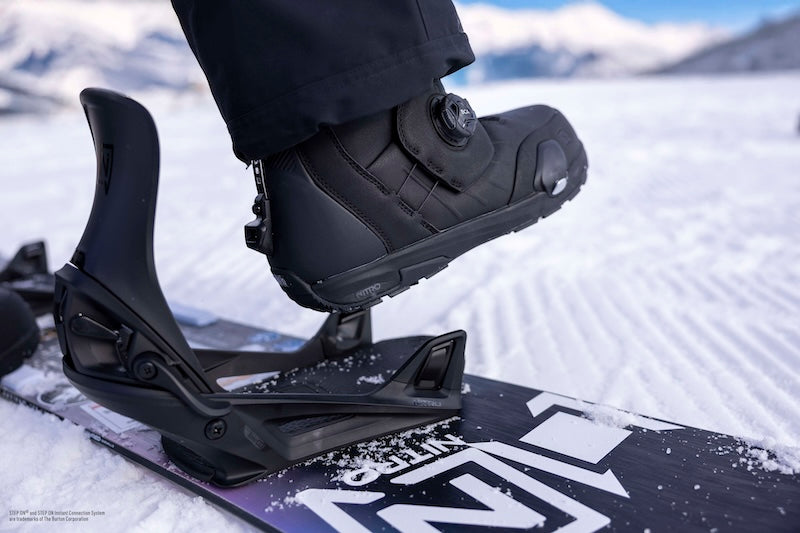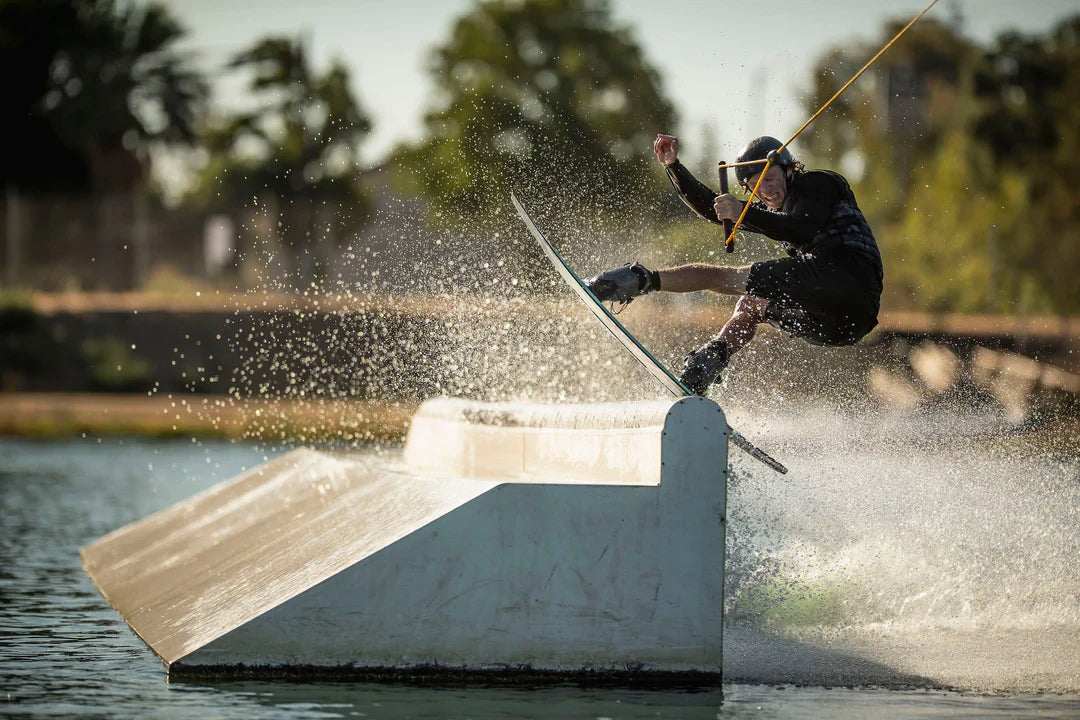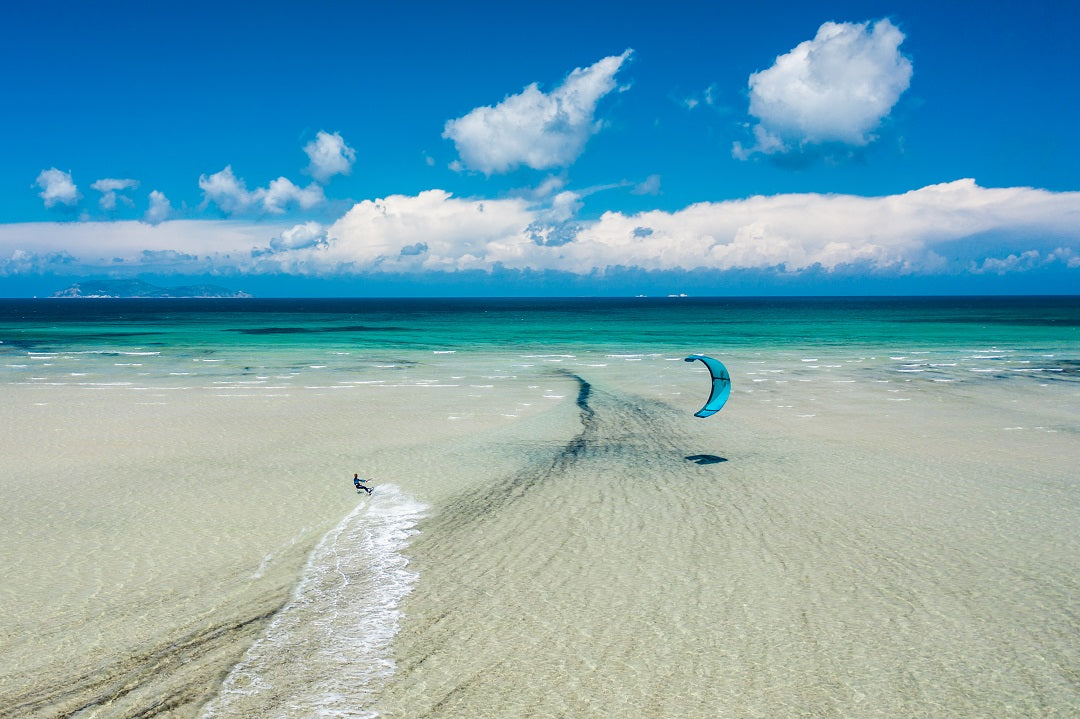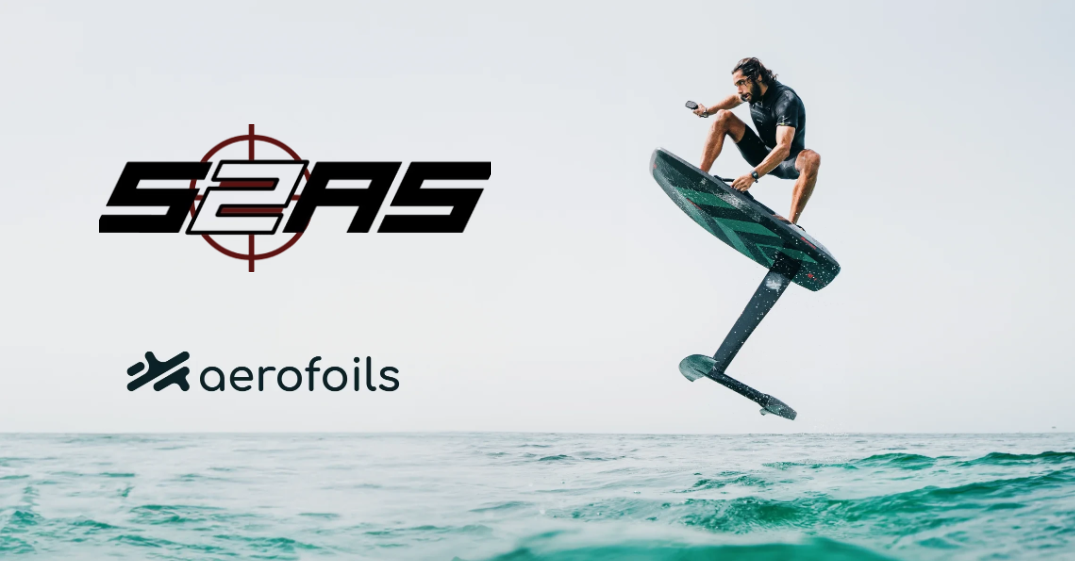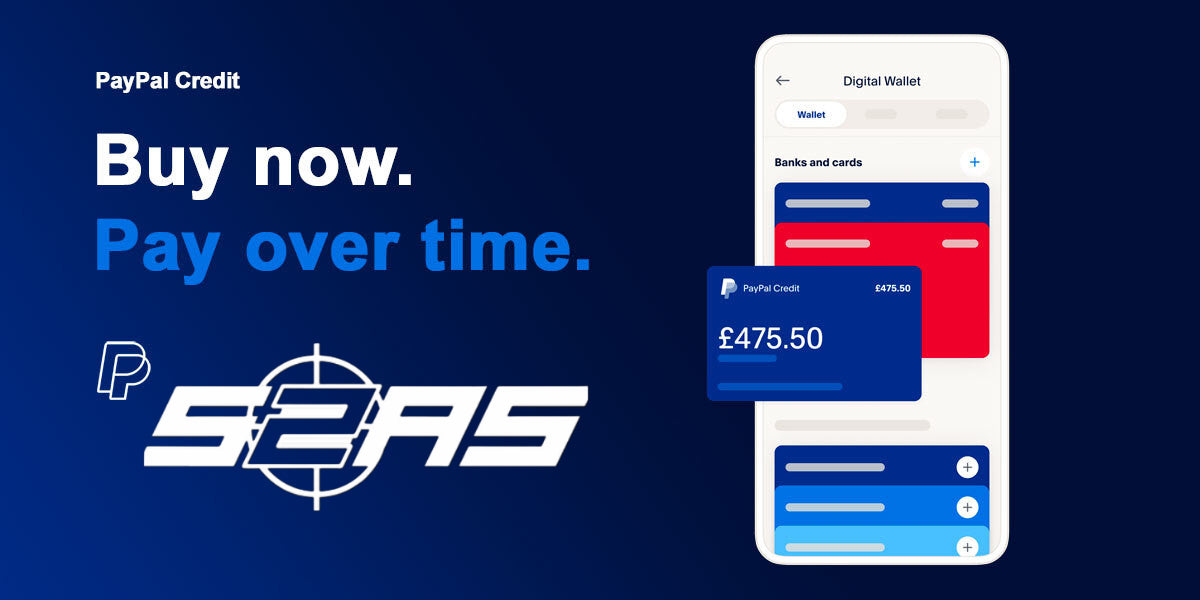Stand up paddle boarding is a super fun way of getting out on the water. It gives you a full-body workout, while giving you a unique vantage point over the water and what is swimming around under it. In this guide to paddle boarding for beginners, we will go through the essentials, from the equipment you need, the proper technique to use and some top tips to help you get the most out of your time on the water.
The Equipment
One of the great things about paddle boarding, is that you don’t need a huge amount of equipment. Here is the low-down on what you need as a paddle boarder.
Board –� We recommend that you borrow or hire a board for the first couple of times you go paddle boarding. There is a good chance that you will be able to decide if you want to do more and buy your own pretty quickly.
What board you choose depends on your weight, skill, its intended use, and where you are going to use it. We go into all the details in� our guide to buying a stand up paddle board, but as a beginner, you will benefit more from an all-round paddle board. This is because they are very stable, easy to ride, and can be used in most conditions.
Paddle� – A paddle has a long shaft and a teardrop-shaped blade that angles forwards. The shape of the blade gives you excellent paddling efficiency. To determine the perfect length paddle for you, stand the paddle upright out in front of you, then raise your hand above your head. The correct size paddle will see the handle reach your wrist.
There are several options for choosing a paddle.
- Alloy shaft� – These are quite flexible, so they are not as efficient as more rigid materials. Alloy is not as light as other materials either, but it is good for gentle paddling and kids.
- Glass shaft� – These shafts are lighter and have less flex for more efficient paddling.
- Carbon shaft� – Carbon is the lightest material available for paddle shafts. It also has the minimum flex, giving you maximum power in the stroke.
Life Jacket� – Even though you are standing on and are attached with a leash to your board, a life jacket is essential for paddle boarding. In some locations, you are required by law to wear one.
There are a few different ways of staying afloat, such as a vest style buoyancy aid, an inflatable vest, and an inflatable waist belt. The inflatable vest type is less restrictive than a standard vest, thanks to their low profile. But they do need to be manually inflated and they require regular maintenance. Inflatable waist belts are very popular with stand up paddle boarders, as they don’t get in the way of your paddle strokes.�
Whichever type you choose, you need to make sure that it fits perfectly, to make sure it is comfortable, but more importantly that it keeps you afloat.
Whistle and light� – This is more for offshore paddle boarding, in case you get into trouble. These are used to alert people to your location if you need to be rescued.
Leash� – A leash attaches you to the board so it doesn’t float away from you when you fall off. This is an essential safety feature that usually needs to be bought separately from the board.
Other Stuff To Remember
Clothing –� Depending on where you are, you will need to wear the right clothes. You will need a wetsuit if you are paddle boarding in colder water, but you may want to wear a hat to protect you from the sun. If you are lucky enough to be paddle boarding in warm climates, you may choose a combo of a swimsuit, board shorts, and a short or long-sleeved rash vest for sun protection.
Additional sun protection� – You will be surprised how quickly you can get sunburned out on the water. Therefore, it is essential to wear sunscreen, sunglasses, and sun-protective clothing.
Basic Paddle Boarding Techniques

One of the biggest advantages of paddle boarding, is that you can pick it up pretty quickly. You can take a lesson to speed up the process, but you may just want to give it a try yourself. You can check out loads of tutorials on Youtube to see certain techniques, but here are some of the basics:
- Start by kneeling in the centre of your board. It is best to start in water that is just deep enough so the fin doesn’t touch the bottom.
- While on your knees, paddle out to deeper water. To give you some stability, place your paddle across your board, and stand up. Make sure you put your feet where your knees were.
- Stand up on the board with your feet parallel and pointing forward. Make sure your knees are slightly bent, keep your back straight, and keep your head up.
- Hold your paddle with one hand on the end and the other hand about halfway down the shaft.
- Keep your arms. Straight while paddling and make sure that all the power comes from your core. Every few strokes, paddle on the other side of the board, switching your hand position. This will keep you going in a straight line.
- To turn, paddle on the same side until you are facing the direction you want to go in. You can also use a reverse stroke to change direction. Rotating your torso will make turning much easier.
- When you fall, try not to land on your board, it is safer to fall into the water away from your board.�
- To get back on the board, hold on to it, and allow your legs to float to the surface behind you. Then kick your legs while pulling the board under you, until you can get back into the kneeling position.
10 Paddle Boarding For Beginners Tips

Now we are going to go through some top tips that will make your paddle boarding more fun and much easier.
- Make sure your paddle is the right way
This is a mistake that we have all made because as a beginner the wrong way to hold the paddle looks like the right way. The proper way to hold your paddle is to make sure the blade angles away from you. This will give you a much smoother paddle stroke and it will reduce the stress on your arms and shoulders.
2. Use a leash
We mentioned this earlier, but it is worth stressing again, as a leash will prevent you from getting into bad situations. It is much safer for you and other water users.
3. Keep your head up
It is very tempting to look at the nose of the board, hoping that you don’t fall in. But this does nothing for your stability and increases the likelihood of you falling in. Keeping your head up and looking at the horizon with your weight over your toes, this stops you from rocking back on your heels and ending up with wet hair.
4. Face the right way
If you are not in the know, it may not be obvious which is the front of the board and which is the back. The all-rounder boards that beginners tend to ride have large round noses to give maximum stability. The tail of the board will have fins to help with tracking through the water, if you have the board the wrong way round and the fins are at the front, the handling will be very twitchy.
5. Know your limits
Paddle boarding on a rough sea is a whole lot different from doing it on flat water. Get used to paddle boarding in calm conditions before you start attempting to surf waves or go out in big swells. You will need to improve your technique and fitness before you get out into more technical conditions.
6. Use your core to paddle
The muscles in your core are the strongest in your body. You will be able to transfer more power through the paddle using your core than just your arms.
7. Learn to fall
Falling off your paddle board is inevitable as a beginner, even the pros fall off from time to time. Being aware of how to fall is the best way to avoid injury. Falling into the water away from your board will mean that you don’t land on it, it is less likely to hit you and you can stay away from the sharp fins. This is especially important when you are paddle boarding in the sea where waves can determine where your board goes.
8. Be aware of who is around you
Even though you are paddling around a big expanse of water, you will be surprised how often other people end up aiming for the same bit of water you are on. It is a really good idea to be aware of the people around you, so you can avoid collisions. Paddle boards are big and they can hurt when they hit you. Therefore, to protect yourself, be aware of what other water users are up to.
9. Be mindful of the wind
You can be paddling away quite happily only to realise you are a long way from where you intended to be. This could be because you act as a big sail the standing up on the board and the wind can push you along. It is best to make sure you are aware of the wind conditions before you set off. But, if you find that the wind picks up and is taking you somewhere you don’t want to be, lie down on the board with your paddle tucked underneath you. You can then use your hands to paddle “surfer style” back to safety.
10. Look after your equipment
Paddle boards need to be looked after and stored properly. If you have an inflatable board, you need to protect it from punctures, especially when storing it and transporting it. Epoxy boards are more expensive and are susceptible to cracking if they are not handled with care.
By looking after your equipment, you will ensure that it is not damaged and it will mean that you don’t miss out on any water time.
Final Thoughts
Stand up paddle boarding is a very varied sport, as disciplines range from big wave surfing and racing to paddle board yoga. We strongly recommend that you give paddle boarding a try, it is super fun and a great form of exercise.
If you are interested in buying your own equipment,� check out our paddle board equipment online� or talk to us in the shop for more information.



